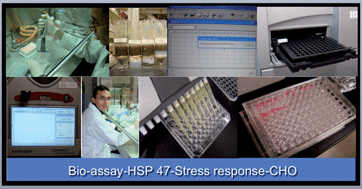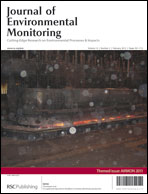As wastewater reclamation and reuse becomes more widespread, risks of exposure to treated wastewater increase. Moreover, an unlimited number of pollutants can be identified in wastewater. Therefore, comprehensive toxicity assessment of treated wastewater is imperative. The objective of this study was to perform a comprehensive toxicity assessment of wastewater treatment systems using stress response bioassays. This powerful tool can comprehensively assess the toxicity of contaminants. In this study, samples from conventional activated sludge treatment, membrane bioreactors (MBRs) with different pore sizes and sludge retention times (SRTs), rapid sand filtration, coagulation, nano-filtration (NF) and reverse osmosis (RO) were investigated. The results of stress response bioassays confirmed that the secondary effluent showed higher stress response than influent indicating that biological treatment generates toxic compounds. The results obtained from molecular weight fractionation of water samples demonstrated that organic matter with a higher molecular weight fraction (>0.1 μm) causes toxicity in secondary effluent. Furthermore, supernatant from MBR reactors showed toxicity regardless of SRT. On the other hand, stress response was not detected in MBR permeates except for an MBR equipped with a larger pore size membrane (0.4 μm) and with a short SRT (12 days). While rapid sand filtration could not remove the toxic compounds found in secondary effluent, coagulation tests, operated at an appropriate pH, were effective for reducing stress response in the secondary effluent. Experimental findings also showed that stress response was not detected in cases of NF and RO permeate subsequent to MBR treatment.

You have access to this article
 Please wait while we load your content...
Something went wrong. Try again?
Please wait while we load your content...
Something went wrong. Try again?


 Please wait while we load your content...
Please wait while we load your content...